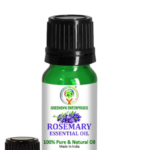Essential oils have gained widespread popularity for their aromatic allure and potential health benefits. But with so many options flooding the market, how can you be sure you’re getting a pure and high-quality product? Ensuring the purity of essential oils is paramount for reaping their full therapeutic potential and avoiding potential risks associated with contaminants or adulterants. In this comprehensive guide, we’ll delve into the methods and techniques you can use to verify the purity of essential oils and make informed choices when purchasing these precious botanical extracts.
Understanding Essential Oil Purity:
Before we dive into the methods of checking essential oil purity, let’s first understand what purity entails. Pure essential oils are extracted from plant materials through methods like steam distillation, cold pressing, or solvent extraction, resulting in highly concentrated aromatic compounds with potent therapeutic properties. However, the purity of essential oils can be compromised by various factors, including contamination during production, adulteration with synthetic additives or cheaper oils, and improper storage or handling practices.
1. Research and Source Evaluation:
One of the most crucial steps in ensuring essential oil purity is to research and evaluate the source from which you’re purchasing the oils. Look for reputable brands and suppliers known for their commitment to quality, transparency, and ethical sourcing practices. Consider the following factors when assessing the credibility of an essential oil supplier:
• Reputation: Seek out brands with a proven track record of integrity, authenticity, and customer satisfaction. Look for certifications such as USDA organic, ECOCERT, or ISO accreditation, which demonstrate adherence to stringent quality standards.
• Sourcing Practices: Inquire about the sourcing methods and origins of the plant materials used to produce the essential oils. Ethical and sustainable sourcing practices help maintain the integrity and purity of the oils while supporting environmental conservation and local communities.
• Transparency: Choose brands that provide detailed information about their production processes, quality control measures, and third-party testing protocols. Transparent companies are more likely to prioritize purity and provide customers with peace of mind.
2. Quality Testing and Certification:
Reputable essential oil companies invest in rigorous quality testing and certification to ensure the purity and authenticity of their products. Look for essential oils that have undergone the following types of testing:
• Gas Chromatography-Mass Spectrometry (GC-MS): GC-MS analysis is a standard method used to identify and quantify the chemical constituents of essential oils. This analytical technique helps verify the authenticity and purity of oils by comparing their chemical profiles to known standards and detecting any adulterants or contaminants.
• Organoleptic Evaluation: Organoleptic testing involves assessing the sensory properties of essential oils, such as aroma, color, and viscosity, to identify any deviations from expected characteristics. While subjective, organoleptic evaluation provides valuable insights into the overall quality and freshness of essential oils.
• Third-Party Certification: Look for essential oils that have been independently certified by reputable third-party organizations, such as the International Organization for Standardization (ISO), the American Herbal Products Association (AHPA), or the National Association for Holistic Aromatherapy (NAHA). Third-party certification provides an extra layer of assurance regarding the purity, potency, and safety of essential oils.
3. Physical Characteristics and Sensory Evaluation:
You can assess the purity of essential oils through their physical characteristics and sensory attributes:
• Aroma: Pure essential oils exhibit a characteristic aroma that is derived directly from the plant material and is free from synthetic or artificial scents. Familiarize yourself with the authentic scent profiles of different oils to recognize deviations or inconsistencies that may indicate adulteration.
• Color and Clarity: Most essential oils are clear or translucent in appearance, with varying degrees of color intensity depending on the botanical source and extraction method. Be wary of oils that appear cloudy, murky, or unnaturally colored, as these may indicate impurities or dilution with carrier oils or additives.
• Consistency and Volatility: Pure essential oils have a consistent viscosity and volatility, meaning they evaporate quickly without leaving behind greasy or sticky residues. Test the volatility of an essential oil by placing a drop on a piece of blotting paper or tissue paper and observing how quickly it evaporates.
4. Solubility and Purity Test:
You can perform a simple solubility test to assess the purity of essential oils:
• Purity Test: Place a drop of the essential oil on a piece of white paper or ceramic plate and allow it to evaporate completely. Pure essential oils should evaporate without leaving behind any residues or oily stains. Any residues left behind may indicate the presence of carrier oils, synthetic additives, or contaminants.
• Solubility Test: Add a drop of the essential oil to a small amount of rubbing alcohol or high-proof vodka in a clear glass container. Pure essential oils should dissolve completely in alcohol, forming a clear solution. Insoluble particles, cloudiness, or separation may indicate impurities or adulteration.
5. Price and Quality Comparison:
While price alone is not a reliable indicator of essential oil quality, excessively low prices may be a red flag for inferior or adulterated products. Compare the prices of essential oils from different brands and suppliers to establish a baseline for what is considered reasonable and competitive within the market. Beware of heavily discounted or “too good to be true” deals, as they may signify compromised quality or authenticity.
6. Trust Your Instincts:
Finally, trust your instincts and intuition when assessing the purity of essential oils. If something seems off or too good to be true, it’s better to err on the side of caution and choose a trusted and reputable source. Listen to feedback and reviews from other users, seek guidance from aromatherapy professionals or herbalists, and don’t hesitate to ask questions or request additional information from suppliers.
Conclusion:
Ensuring the purity of essential oils is essential for maximizing their therapeutic benefits and safeguarding your health and well-being. By conducting thorough research, evaluating the source and quality of essential oils, and employing testing methods to verify their purity, you can confidently select high-quality oils that deliver the aromatic splendor and holistic benefits you desire. Remember to prioritize transparency, integrity, and authenticity when choosing essential oils, and let your senses guide you on this aromatic journey of discovery and delight.
With these tips and techniques in hand, you’re well-equipped to navigate the vast landscape of essential oils with confidence and discernment. Here’s to unlocking the secrets of purity and embracing the transformative power of nature’s botanical treasures!

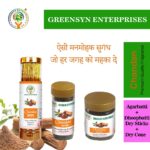
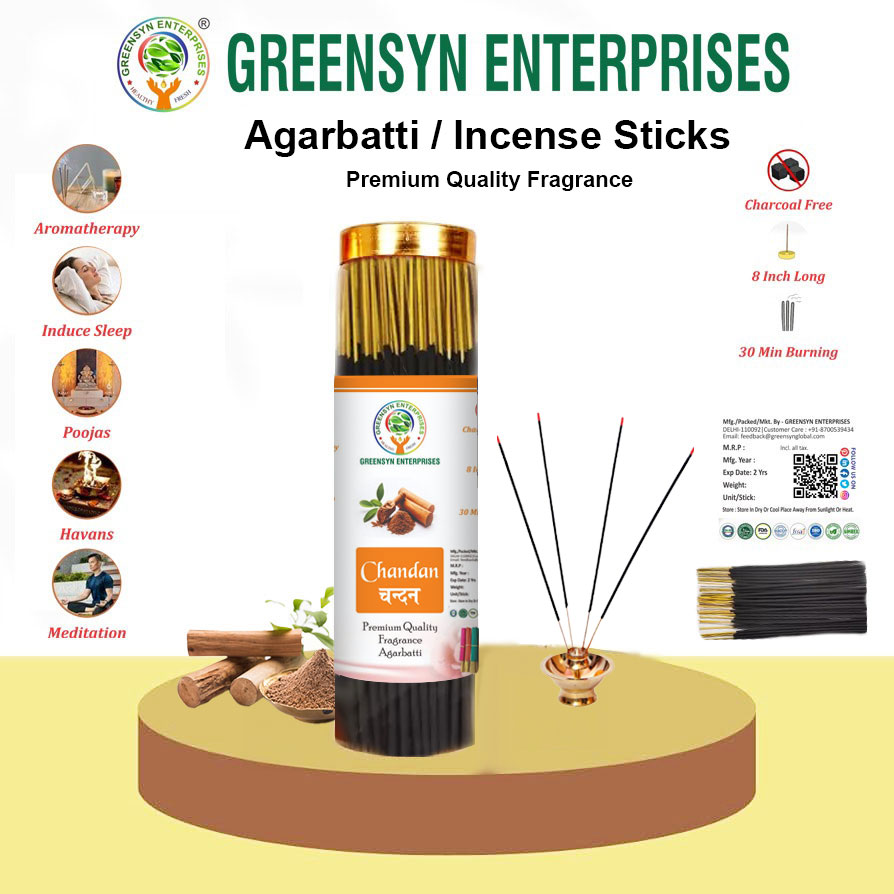 Agarbatti Stick
Agarbatti Stick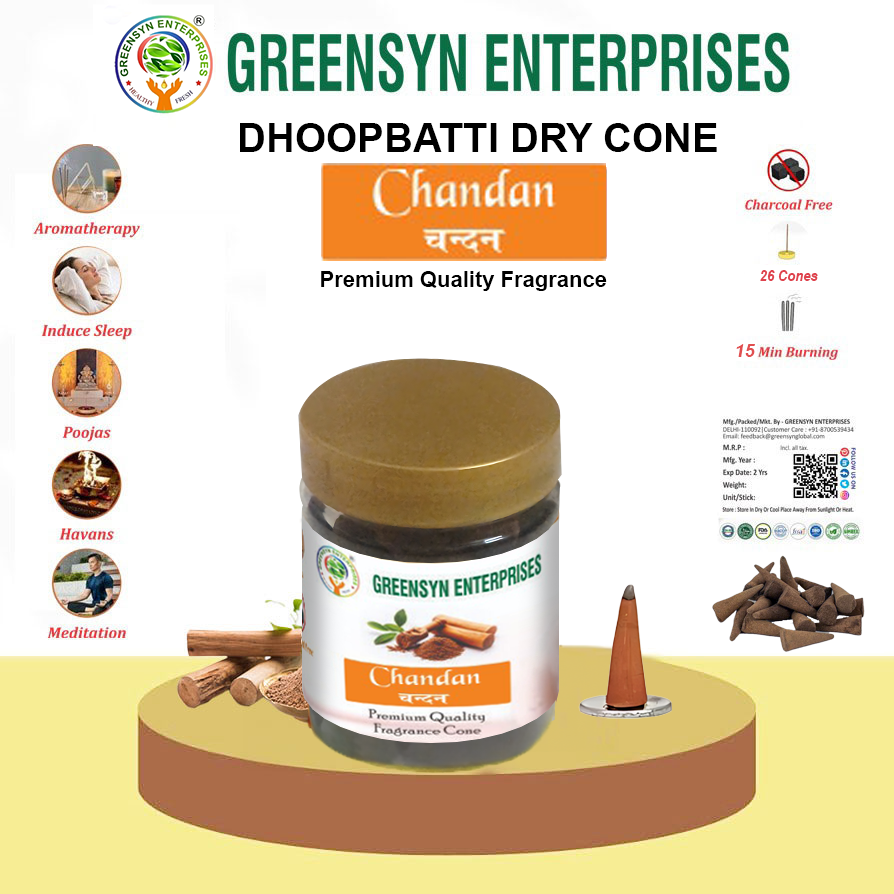 Dry Cone
Dry Cone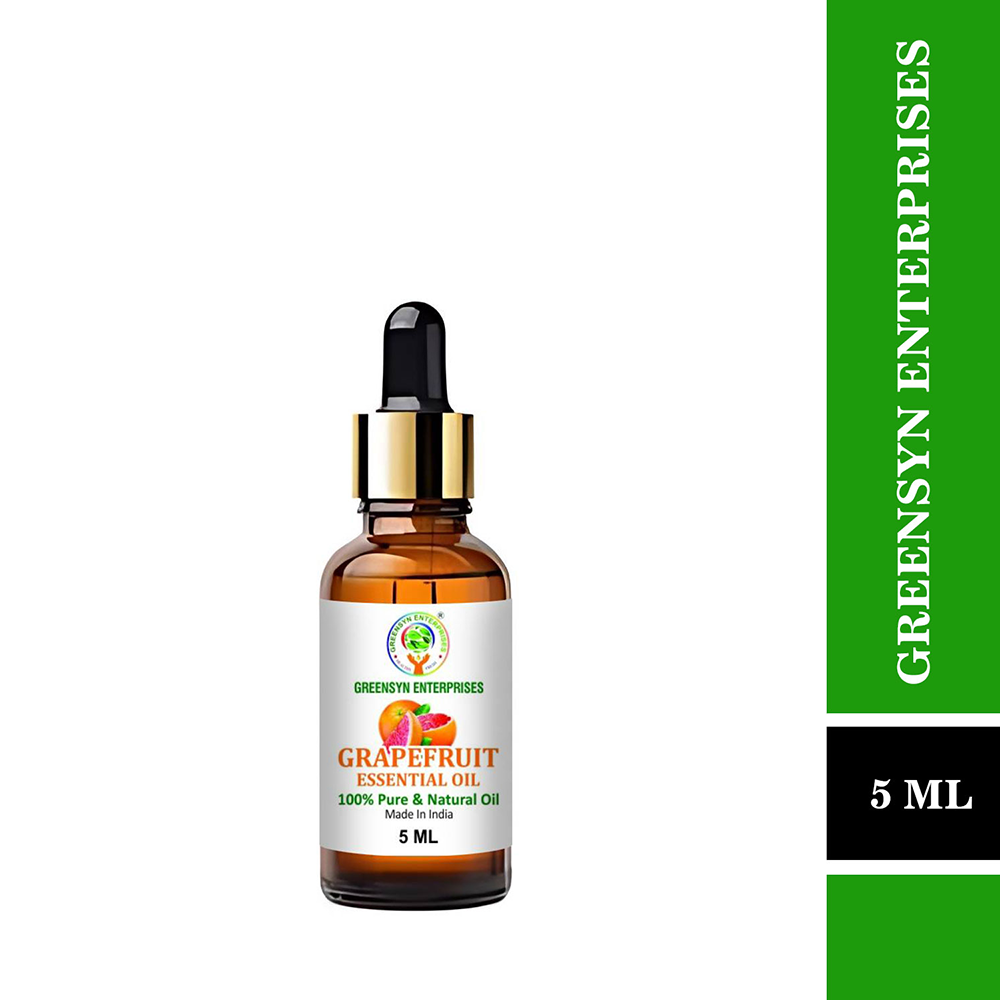
 Aromatic Oils
Aromatic Oils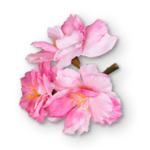

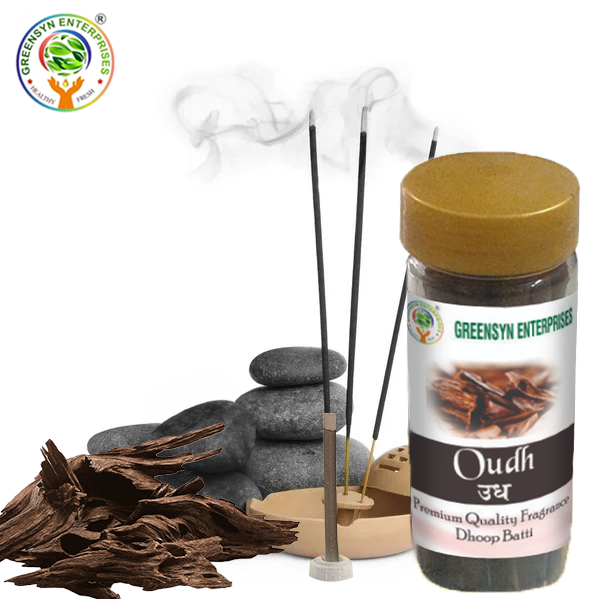
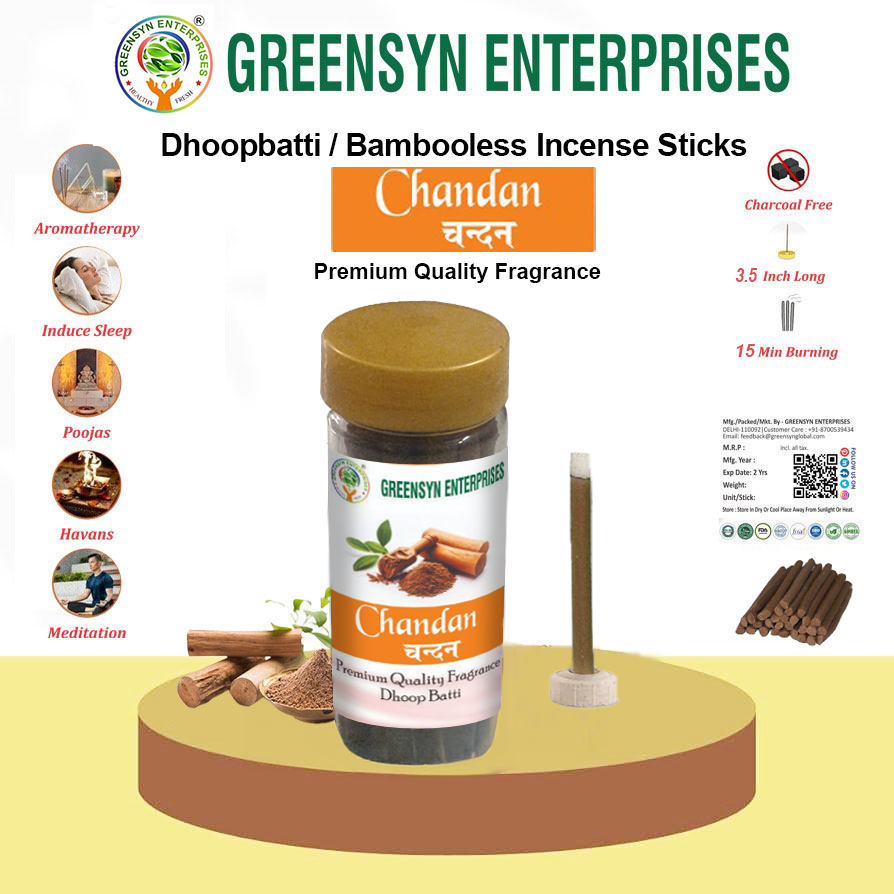
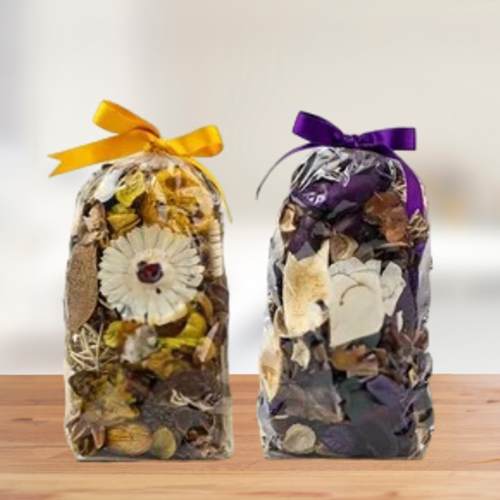 Potpourri
Potpourri
